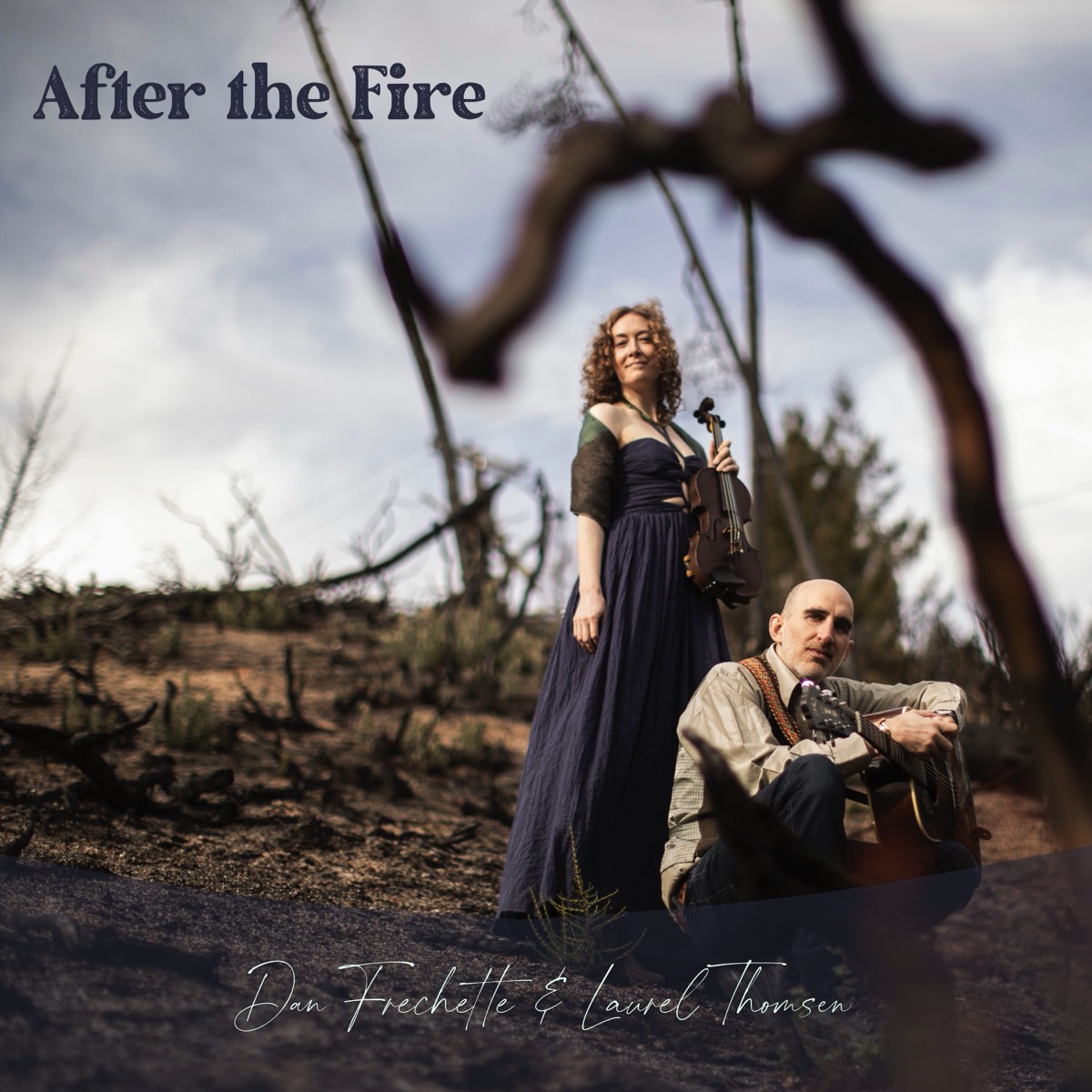We should never underestimate the power of foundational exercises. I really can't stress this enough in fact. In her YouTube series, “With Nicky,” violinist Nicola Benedetti also emphasizes the importance of the basics. We’ve heard it before, but coming from a world class soloist, we might take this well worn advice a bit more to heart. If it's been a while since you've explored the basics, whether it’s with vibrato or another aspect of your technique that’s been a struggle, it’s always a good time to review and refresh. If you’re a violin or viola player (or even a fiddler) and are following along in my course “Complete Vibrato Mastery” please be aware that I added a few additional videos earlier this year, including several new exercises and warm-ups which focus on the basics and easy, natural motions. Be sure to check them out!
As far as vibrato is concerned, especially if we already have a vibrato technique forming, it can be tempting to breeze by the warmups, ones that may focus on the overall movements of the hand and/or arm and those which may not even the use of the bow. We might think they're "too easy" or "too basic," and for some of us this may be true. However, good pedagogy is methodical for a reason. Small steps lead to big gains over time.
The challenges I've see students facing with vibrato over the years, like physical tension, inconsistencies in sound quality, and even pain, tend to almost always come when students try to rush the development process. They don’t take the time to practice the techniques I’ve asked them to work on at home, or skim through the first several lessons in my course without practicing many of the exercises, instead diving straight into trying to make a movement that sounds as much like vibrato as they possibly can. While someone occasionally manages to be successful this way, most often it is the student who spends a lot of time on the earlier exercises who may find that he or she suddenly has a vibrato one day. It just arrives, like a gift in the mail.
Part of this issue could be that many of us may not have much discipline to practice when we don’t have sheet music in front of us. Many are not used to stepping away from the music stand and actually putting full awareness into our technique. Questions immediately arise like:
- What should I play? Well, often, the simpler the better, at least at first. Open strings, single pitches, or not making any sound at all, just tuning into our body as we make conscious choices about our movements.
- Am I doing this right? Well, does it feel natural? It may be difficult to determine this if the technique is new. It may feel foreign, but nothing about playing the violin or viola should ever feel tense, tight, or painful.
- How long should I do this for? When in doubt, a few minutes several times a day is usually more effective than burning out on one long, desperate attempt to succeed. Stopping before you get tired and your technique starts to fall apart is imperative. We need to recognize that we may see some improvements in a few days or a week, but the most recognizable improvements emerge weeks or months down the road.
Which brings me to perhaps the most important truth I wish to convey here - beyond methodical exercises, the most effective students practice patience. We can't rush vibrato development. Everything that I demonstrate in lessons or in my vibrato course should be something that a student can do well before moving on to a more advanced exercise.
Take the initial shaker warmup I use to get students muscles warmed up to the idea of vibrato. It’s often the first exercise we do in lessons when starting to learn vibrato and is featured towards the beginning of my Complete Vibrato Mastery course. Many of us might look at this exercise and think, "Oh yeah, that's really easy. Next please!" However, if we really think about what we're doing - keeping a steady flow of movement, with precisely the same muscles engaging and relaxing in perfect rhythm and with completely consistent frequency, this is actually very challenging! If we're struggling here (and I would say that 99% of students trying this exercise for the first time have improvements they could make with this exercise), we can't possibly expect good results from the more demanding practices.
Also, I've increasingly encouraged my private students and course participants to hold off on adding the bow, often for at least the first month. I like to wait until we are seeing movements that are free and easy, smooth and consistent, before we make the leap to hearing the sound these movements produce. Initial sounds are not always pleasant, as I'm sure most of you have come to realize. This can be very disheartening. It's best to save your ears, the nerves of your neighbors, and wait until you have built some confidence in your technique. I encourage you to try the exercises sans bow until you've gained confidence, relaxation, and rhythm in your motions. It should primarily be a hand (or arm) relaxing process and your motions should be able to sustain themselves without much muscular effort beyond the initial impulse. We have enough to think about when playing a violin or viola! Adding the bow later on then provides the feedback we need to fine tune the movements and finally get to the point where we can add vibrato to our pieces.
On that note, adding vibrato to pieces should never be our initial concern. We should certainly start to "hear" our pieces with a lovely vibrato and dream of the day when we’ll be able to add this personal and finishing touch, but again, this process can't be rushed. Once we have a good technique we will have some particular elements, like continuous vibrato, to address once we start putting vibrato into a piece, but the process should unfold fairly smoothly if we have a good foundation. If we're still struggling with the basics it makes no sense to complicate things with actual melodies.
And finally, expecting to learn vibrato, or anything about playing a difficult instrument like the violin or viola, all on your own with only videos to watch, is not realistic. I appreciate when students reach out with their issues. Some problems can be solved quickly with a message or video exchange, or a post on the Complete Vibrato Mastery Facebook group where others can also weigh in with their experiences. Other issues are more involved. If you don't have a private teacher, I'm always available online and encourage you to contact me long before you get to the point where you're considering just giving up. As "complete" as I've striven to be with this course, it would be highly unusual for someone to be able to take themselves from absolutely no vibrato ability to a professional sounding vibrato without any individualized guidance. Everyone is unique and we all need a little bit of personalized attention and feedback from time to time, especially with a personal and often elusive technique, like vibrato. We're all here to learn from each other and I hope you'll reach out.
If you’re interested in signing up for the Complete Vibrato Mastery course, the first 30 new students may use coupon code LEARNVIBRATO2019 to receive a discount on lifetime enrollment.

